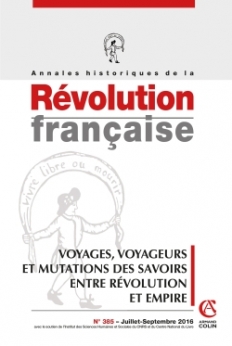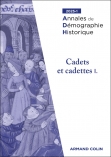
Annales historiques de la Révolution française n° 385 (3/2016)
Pour acheter ce numéro, contactez-nous
Recevez les numéros de l'année en cours et accédez à l'intégralité des articles en ligne.
The profession of mining engineer was shaped at the turn of the eighteenth-century to the nineteenth-centuries, when the effort to reconcile the knowledge of mineral resources and the control of their exploitation was imposed on public action. To deal with mines consisted at the time of being informed and having the means of control necessary to organize a better use of the resources in the soil. As the administration developed, the metallurgical voyages whose model was constructed towards 1750 began to decline, as did the race for minerals as well. With its formal establishment in 1802, the relationship with the terrain changed ; the practices of advice were complicated by missions of surveillance and expertise closely tied to economic issues of mining. Against this normalization of field practices, and favored by the political context of the wars of the years 1790 and 1800, certain territories conquered by France became the privileged sites of voyages of investigation led by some exceptional engineers. As Heron de Villefosse demonstrated, the voyages of investigation in foreign territories contributed to integrating transnational knowledge to the science of mines by the French administration.

